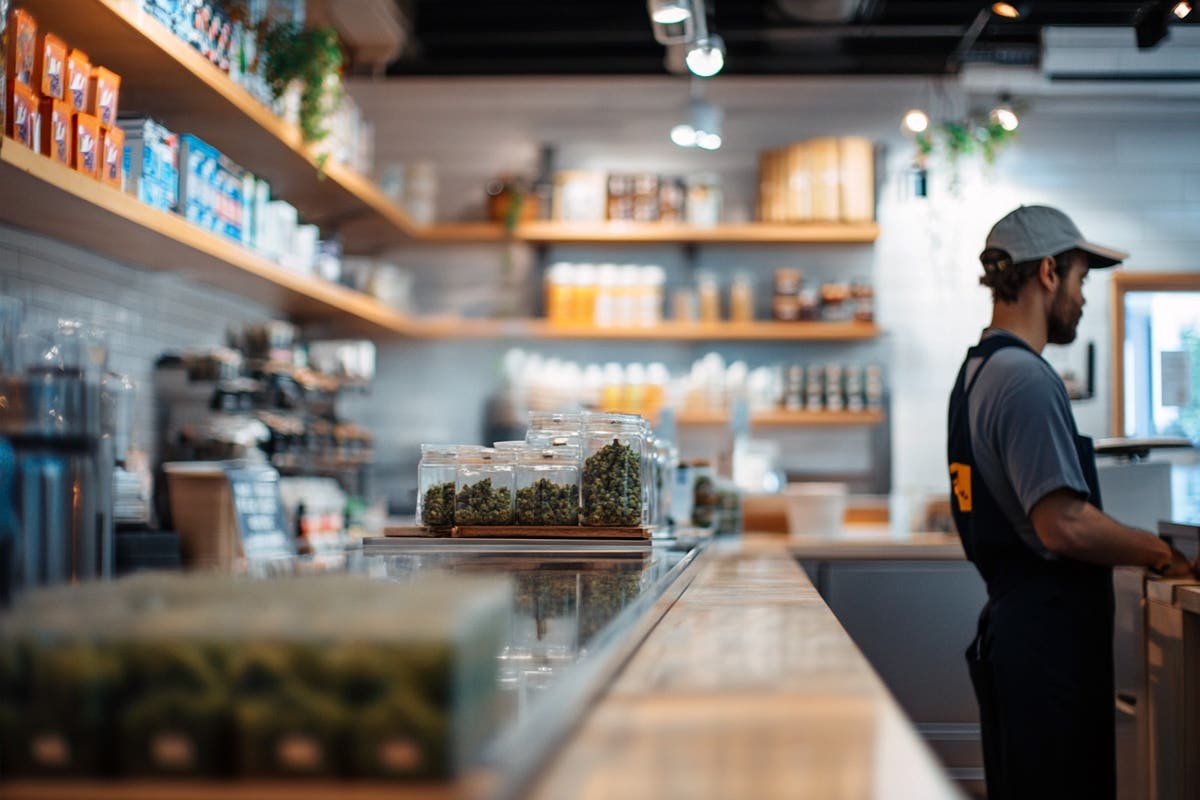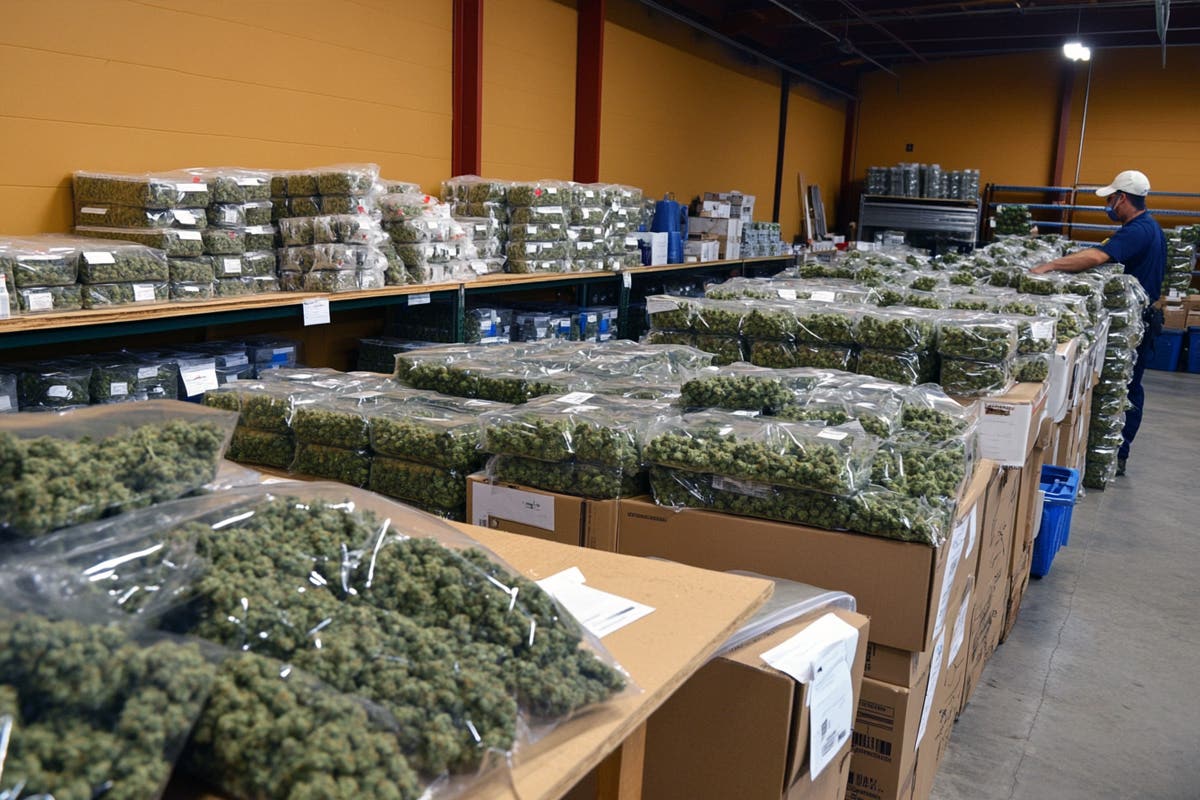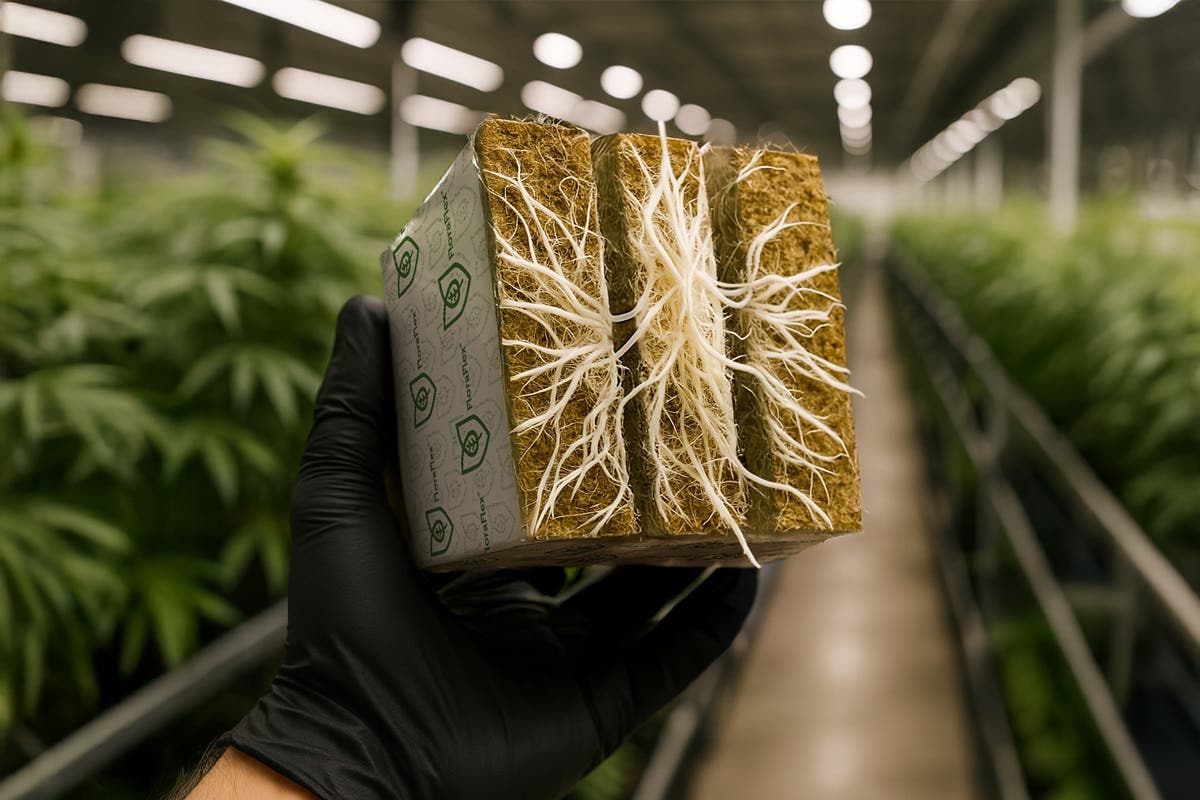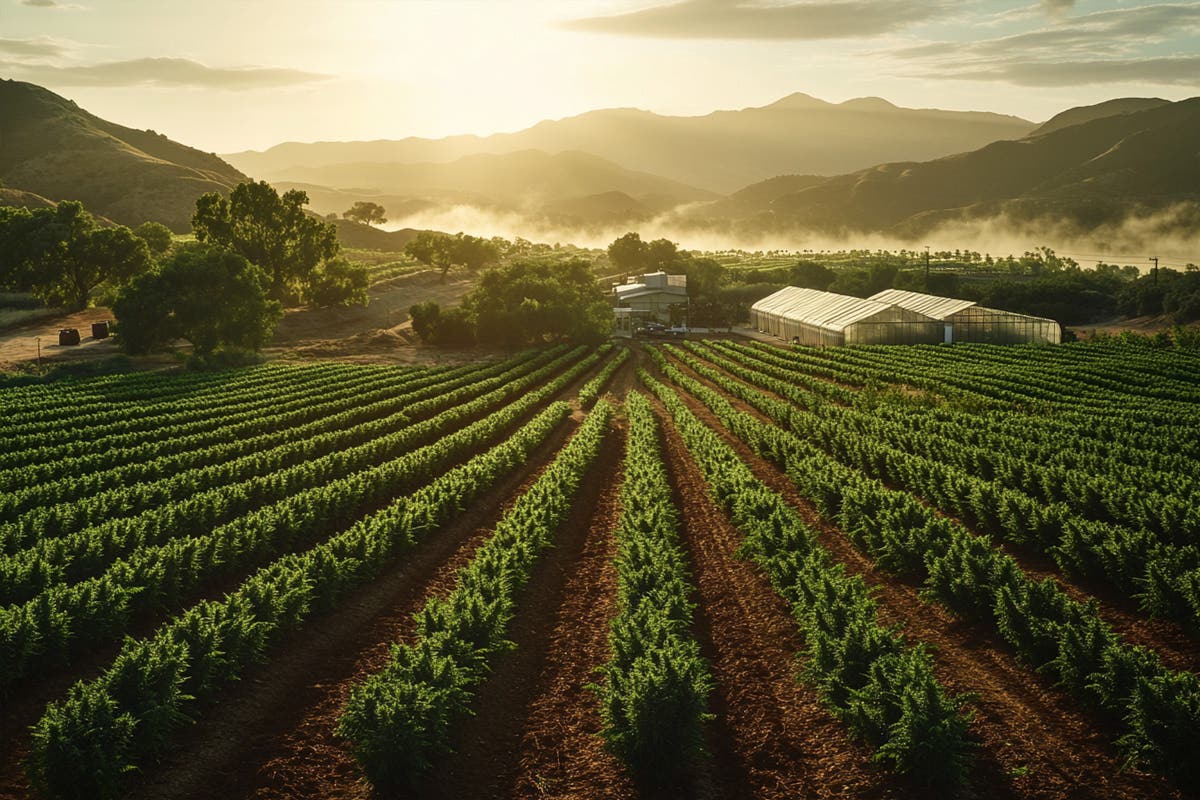The Benefits of Pruning and Training
Pruning and training cannabis plants offer several advantages:
-
Increased Light Exposure: By removing excess foliage and opening up the canopy, pruning allows more light to reach lower parts of the plant. This promotes even growth and helps prevent shaded areas that are prone to pest and mold issues.
-
Improved Airflow: Proper pruning and training techniques create better airflow throughout the plant, reducing the risk of stagnant air and humidity buildup. Improved airflow can help prevent diseases and increase overall plant health.
-
Enhanced Bud Production: Pruning techniques such as topping, fimming, and defoliation can stimulate the growth of multiple bud sites, leading to increased flower production and potentially larger yields.
-
Better Resource Allocation: By selectively removing leaves and branches, the plant can focus its energy on producing and ripening flowers, resulting in higher-quality buds.
Pruning Techniques
-
Topping: Topping involves cutting off the main stem's tip, encouraging the growth of multiple new branches. This technique helps create a more bushy and evenly shaped plant.
-
Fimming: Fimming is similar to topping but involves removing only a portion of the main stem's tip. This encourages the growth of multiple new shoots, resulting in a fuller canopy.
-
Lollipopping: Lollipopping involves removing lower branches and foliage that receive less light. This concentrates the plant's energy on upper bud development and promotes better airflow and light penetration.
-
Selective Defoliation: Selective defoliation involves removing specific leaves that block light or inhibit airflow. This technique should be done carefully to avoid excessive stress on the plant.
Training Techniques
-
Screen of Green (SCROG): SCROG involves using a screen or net to guide the plant's growth horizontally. This technique ensures an even canopy and maximizes light exposure to all bud sites.
-
Low-Stress Training (LST): LST involves gently bending and tying down branches to create a more open and horizontally spread canopy. This technique helps maintain an even plant height and promotes better light distribution.
-
Mainlining: Mainlining aims to create a symmetrical plant structure with an even number of main branches. It involves topping and training the plant to develop a manifold-like structure.
-
Super Cropping: Super cropping involves bending the stems gently to create slight stress points. This technique promotes stronger and more resilient branches, allowing for better bud development.
Considerations and Best Practices
When pruning and training cannabis plants, consider the following:
-
Timing: Pruning and training should be done during the vegetative stage when the plant is actively growing and capable of recovering from the stress.
-
Sterilize Tools: Ensure that pruning tools are clean and sterilized to prevent the spread of diseases or pests.
-
Observe Plant Response: Monitor how the plant responds to pruning and training techniques. Adjust the intensity and frequency based on the plant's health and growth patterns.
-
Training Support: Use stakes, trellises, or other support systems to assist with training techniques and maintain plant stability.
-
Proper Sanitation: Remove pruned material from the growing area to minimize the risk of pests and diseases.
Pruning and training cannabis plants are valuable techniques for optimizing plant development and maximizing yields. By selectively removing parts of the plant and training its growth, cultivators can enhance light exposure, airflow, and bud production. However, it is essential to approach pruning and training with care, monitoring the plant's response and adjusting techniques accordingly. With proper pruning and training strategies, cultivators can achieve healthier plants, increased yields, and high-quality cannabis flowers.
















